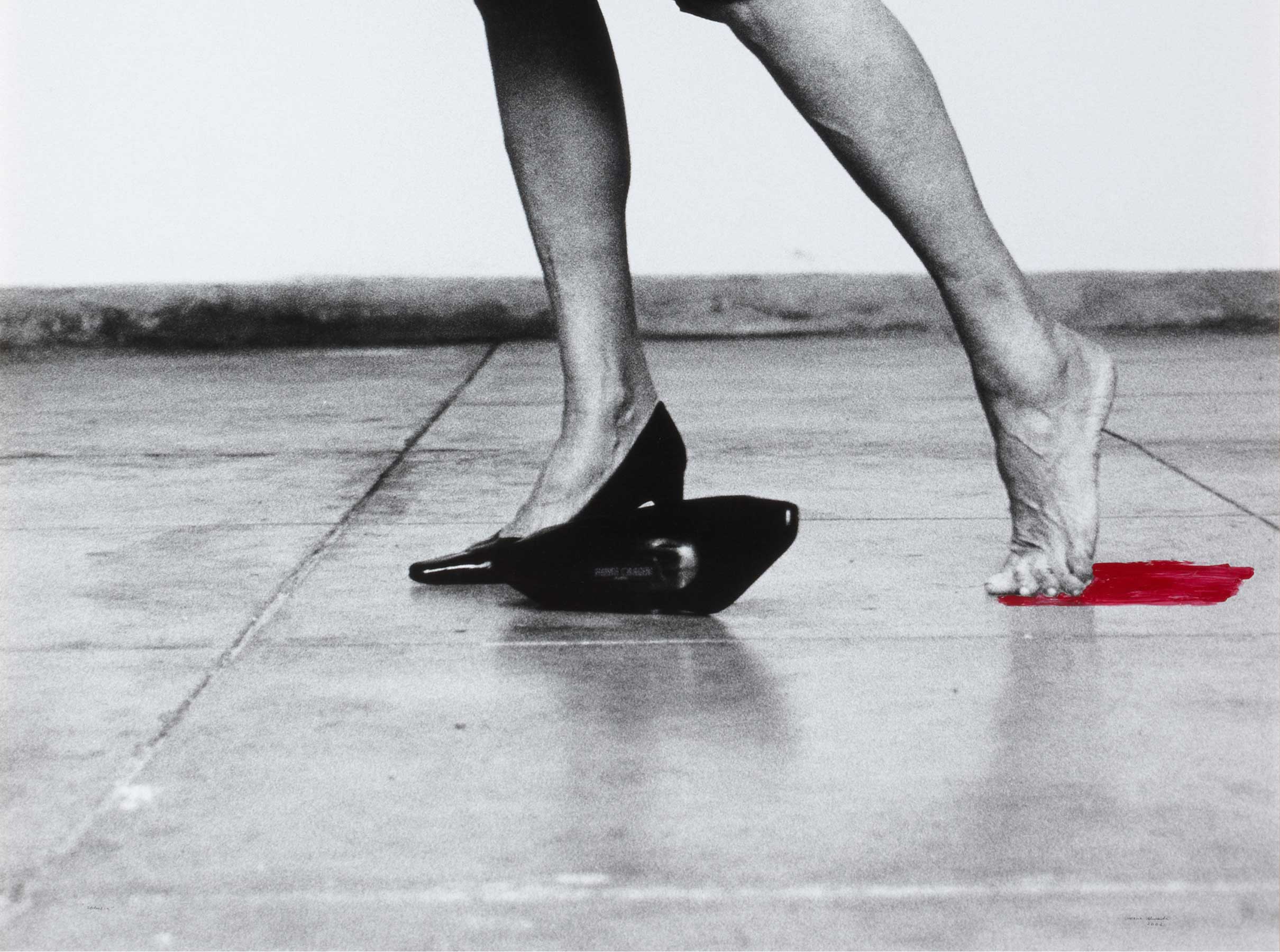Alphabet on New York
- 1982
- Acrylic, wax crayon & ink on paper
- 59 x 120 cm
- Cat. D_189
- Acquired in 1994
José María Báez has long been part of the art circuit in Spain. He was initially linked to a group of artists who began to produce strong work in Andalusia in the 1980s. Like many of his contemporaries, Báez began his artistic career as a painter. His work from that period has appeared in numerous exhibitions and has also appeared in publications such as the magazine Figura, which has featured sketches and articles by him including ‘Between Chicago y Nueva York’.
From expressionist gestures and the figurative style that characterised his 1980s output, Báez evolved towards a style organised around geometry. Some of his earlier works such as Spanish Night (1986) and Untitled (1985) feature mainly a dark palette of greys and blacks. In the 1990s his work evolved towards compositions formed by grids, e.g. Untitled (1995), in which bright colours were more prominent.
In the catalogue of the Sueños geométricos [‘Geometrical Dream’] exhibition at the Arteleku Centre in Donostia/San Sebastián in 1993, curator Juan Manuel Bonet wrote of José María Báez that he produced ‘[...] concise work with a hermetic, ironic poetry to it; work in which words actually, physically, play a core role, and which almost always alludes to the world of literary creation or, self-referentially, to painting itself’. Bonet noted how strongly Báez's work was influenced by literature even after he moved away from writing and into pictorial art. His interest in these two fields has resulted in the frequent inclusion of texts and quotes in his visual art. This presence of the written word can already be seen in early works such as Alphabet on New York (1982), and is one of the defining features of his output.
Other works by José María Báez

